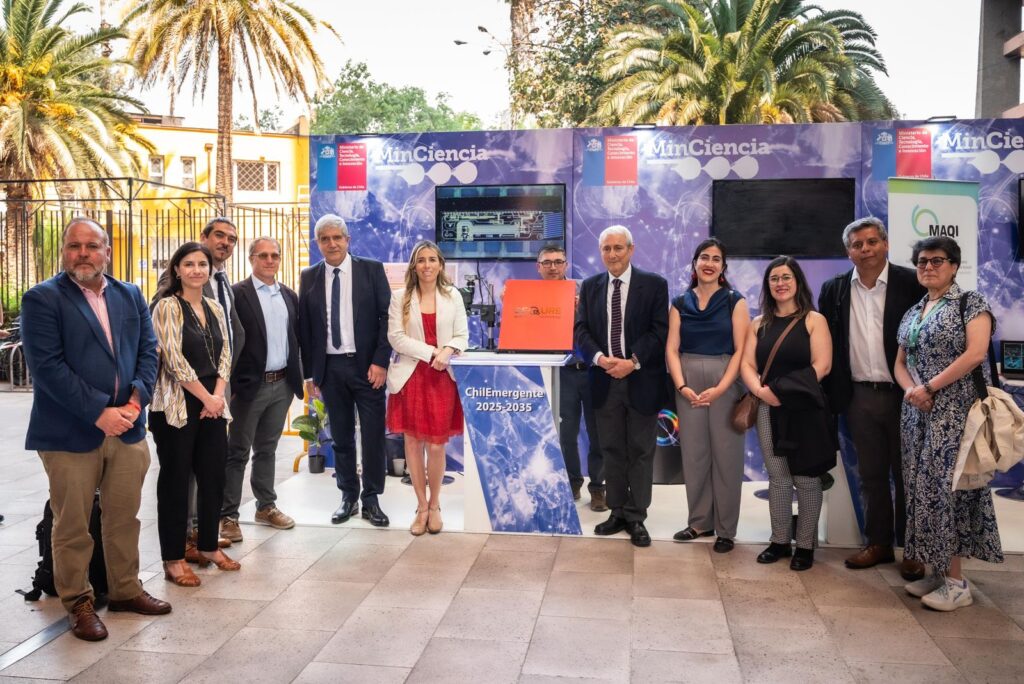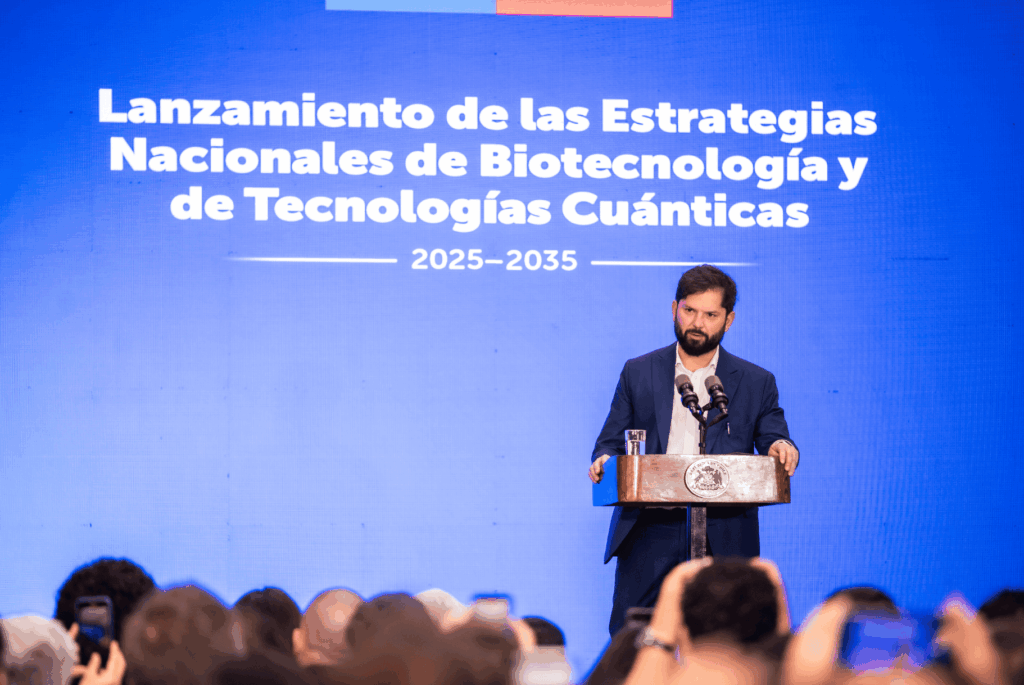
The Second Quantum Revolution is underway, a period marked by significant advances in quantum technology, and huge discoveries within quantum science. From tech giants like Google and IBM who build their own quantum computers, to quantum network startups like Aliro Quantum, all companies are eager to profit from this revolution. However, doing so takes a new type of workforce, one trained in quantum physics and quantum technology. The skillset required for this occupation is unique, as few universities expose students to real-world quantum technology. This in turn leads to a tiny talent pool of qualified job candidates. Realizing this growing problem, the NSF has taken strides to better train individuals by collaborating with the White House Office of Science and Technology Policy to develop valuable resources for businesses and educators. One of these resources was a virtual workshop in March of 2020 funded by the NSF and hosted by Harvard University’s Center for Integrated Quantum Materials. This workshop helped to focus on how to connect university students with the skills they need for a successful job in the quantum industry.
According to Forbes Magazine, the lack of a direct pipeline between universities and quantum technology businesses has resulted in many quantum employees having a more general science background. Once hired, many employees then have to “study up” on quantum physics and quantum mechanics in order to understand their purpose within the business. Surprisingly, many quantum technology companies are not looking for physics students with Ph.D.’s but rather engineering students. This has caused some engineering students to begin to take physics classes to learn about quantum technology, though they are outside their major.
Universities are beginning to realize that their curriculum needs to change in order to create properly trained candidates. This process has become difficult, as not every faculty member has a background in the quantum industry. Even for those who do, the challenge of teaching a quantum workforce can be overwhelming. “There’s a strong pull for people to come into this field. And yet, it’s not immediately clear how to actually train the quantum workforce, ” Dr. Prineha Narang, Assistant Professor at Harvard University and Chief Technical Officer (CTO) of Aliro Quantum stated. Narang is one of these faculty members who has used her industry experience to help train students to be part of the quantum workforce. “A group of colleagues and I developed a curriculum blueprint, presented in a paper, the result of a two-day NSF workshop [mentioned previously] on what it means to build a quantum workforce at the undergraduate level,” Narang added. Her curriculum blueprint, while beneficial for higher-level educators, raises questions about the logistics of teaching a quantum workforce. One of the questions Narang found relevant is: “how much detail does somebody who’s developing algorithms need versus somebody who’s developing hardware.” While Narang hopes that her curriculum can get the ball rolling for other universities to educate a quantum workforce, she’s grateful that the NSF is already paving the way. “I’ve been able to offer more concrete experiences through those curriculum developing conversations than I would have been able to if I wasn’t so integrated.”

Quantum’s Lack of Diversity
While the training of a quantum workforce is a long and ongoing process, it provides the opportunity to increase diversity within this workforce. Within the quantum industry, and even the technology industry as a whole, diversity is lacking, with women and minorities being underrepresented. This underrepresentation may be originating at universities, particularly in majors like engineering or physics. Both of these degrees historically have had a lower ratio of women or other minorities, skewing the workforce to be white and male. According to a 2016 survey from EngineeringUK, women only made up 12% of engineering for any sector. Physics isn’t much better when it comes to diversity, as a 2020 article from IBM stated that: “In the field of physics, Black Americans represent only 1% of total Ph.Ds. And the number of Black students graduating with a physics Ph.D. has been decreasing since 2012.” These statistics, while not surprising to some, show that the majors-leading into the quantum workforce may play a significant role in the underrepresentation of these minorities.
Another theory as to the origins of this underrepresentation is postulated by Dr. Tina Brower-Thomas, assistant research professor, Howard University graduate school, and a visiting faculty at Harvard University. Brower-Thomas believes the stage is set for a lack of diversity within the quantum workforce and it is indelibly tied to the gap in resources and infrastructure at minority-serving institutions. “If allowed to persist, we will face a 21st century – “quantum, digital divide” According to Brower-Thomas: The term digital divide, coined in the 20th century, refers to the acknowledged lack of reliable and affordable internet access in rural and low-income communities. “K-12 schools, community colleges, and universities that serve underserved communities need access to the tools of education and research that allow youth an early exposure to quantum. Early exposure is essential to preparing the future workforce. I firmly believe that ability is certainly a necessary factor in preparing the quantum workforce but we cannot underestimate access and experience”. If post-secondary institutions are not actively implementing changes (from curriculum supplementation to standing up certificate and degree programs) in the curriculum, then their STEM majors are likely already to some degree behind when looking for positions in the quantum workforce”. Research opportunities offered by research Centers, such is the Center for Integrated Quantum Materials, (CIQM), where Tina Brower-Thomas is a PI and educational director help to fill the gap, but according to Brower-Thomas, there is more work to do.
Increasing Diversity Through Training
As federal funding, university efforts, and general attention shift to training a quantum workforce, it would be easier to make a purposeful effort to be more inclusive of minorities in this movement. Already this process is occurring with successful results. As of September 2020, IBM launched the IBM-HBCU Quantum Center. In pairing with 23 Historically Black Colleges and Universities (HBCUs), IBM is able to offer better research funding, educational support, and hardware access. This partnership leads to more exposure to quantum technology, as well as better mentorship and support to specific minorities.
Other companies are using conferences and curriculums to encourage minorities to participate in quantum science. One of these companies is the Coding School, which developed a specific program to teach quantum computing. According to founder Kiera Peltz: “Qubit-by-Qubit (the program) is an initiative of The Coding School, which is a 501c (3) tech education nonprofit, focused on making sure that the next generation is prepared with the technical skills necessary for the future of work.” Peltz finds the company’s work fulfilling: “we’re not just training the next generation of technologists and STEM leaders, but we’re training the next generation of CEOs, policymakers, and people in basically all areas.” Qubit-by-Qubit was originally developed as eight-month-long program teaching students about quantum computing. From this program, Peltz and her team found that 55% of the students who attended the program were from underserved or underrepresented backgrounds, with 125 countries participating. From the program attendees, Peltz found that 53% identified as female, with 43% being from low-income backgrounds and 40% identifying as a student of color. The diversity of this program was encouraging for Peltz.
From there, the team launched the Qubit-by-Qubit Diversity in Quantum Computing Conference in February of 2021. “Our decision to create this diversity conference was essentially two-fold,” Peltz explained. “We wanted to provide a space for our students and anyone in quantum—especially those in early-career or early-studies—to feel like they belong, to hear those who have paved the path before them, to learn from their mistakes, to hear their advice, but then also for those who are not from marginalized communities to understand how to be an ally. Furthermore, we wanted to show what the issues are that other people face in this area, so we can create a more inclusive workplace.” The February conference was a large success, with over 2230 virtual attendees from 65 countries. This conference not only motivated students to seek changes for improving diversity but developed important global partnerships for individuals of the incoming quantum workforce.
While these partnerships and conferences are beneficial, others like Brower-Thomas believe increasing diversity will take “dedication and a paradigm shift”. “We have to get rid of this myth that certain things are only for certain people,” Brower-Thomas explained. “I think it’s a change of mentality, not only for people who are trying to figure out what they want to do with the rest of their lives, but also for leaders in technology and business who by now recognize the importance of increasing the numbers and diversity in STEM.
Brower-Thomas alludes to the history of bias against minorities like women or African Americans within the quantum industry, which are part of these under representations. Many are worried that that bias is built into the quantum science itself, specifically its vocabulary. A 2021 Scientific American article discussed how the term “quantum supremacy,” (when a programmed quantum device can solve a problem more complicated than what a normal computer can solve) is similar to the phrase “white supremacy.” This article found that “white supremacy” was the most used phrase with the word “supremacy” in it, being used 15x more than the next highest phrase of “judicial supremacy.” The authors of this article recommended the phrase “quantum primacy” as opposed to “quantum supremacy” to remove any potential bias.
In training a new and more inclusive quantum workforce, these are the challenges to overcome. Many believe that by exposing a younger generation at an earlier age to computers and quantum technology, the quantum workforce could be more diverse. In a 2020 article from IBM, early exposure was highlighted as key for training an effective quantum workforce but also having interdisciplinary approaches, such as combining quantum science with other fields like chemistry or math. Peltz corroborated this statement: “If we start early enough before these products are even commercialized, we can make sure that the workforce is equitable instead of having to try to fix it later on.” Earlier exposure to quantum technology could potentially remove some of the traditional challenges of inclusivity.
To ensure diversity as the quantum workforce develops, it will be important to consider who has – and does not have – access to federally funded resources. “We as a community have to buy into the idea that we’re all better off if more have opportunities to contribute to quantum,” said Brower-Thomas. “Whether that is engaging diverse communities and exposing citizens to quantum, providing teachers resources to quantum educate, investing in infrastructure, reeducating the current workforce, or improving ways to help the existing quantum community engage others. Let’s open the door.”
References:
Asfaw, Abe. “Quantum Computing Education Must Reach a Diversity of Students.” IBM Research Blog, July 28, 2020.
Hilton, Jeremy. “Council Post: Building the Quantum Workforce of the Future.” Forbes, June 19, 2019.
“Home.” Tina Brower-Thomas, 2020. https://www.nanotechlady.com/.
Jacobson, Rebecca. “Now Hiring: The New Quantum Workforce.” jila.colorado.edu, October 29, 2020.
“Key Concepts for Future QIS Learners Background and Overview.” University of Illinois. , May 13, 2020.
“NSF and White House Office of Science and Technology Policy Initiate Collaborative Effort to Develop Critical Resources for Quantum Education.” www.nsf.gov, May 18, 2020.
“Qubit by Qubit | Educators.” www.qubitbyqubit.org.
Shein, Esther. “How to Build a Quantum Workforce.” TechRepublic, July 30, 2020.
Wright, Katherine. “Hands-on Lab Skills Key for Quantum Jobs.” Physics 13, no. 163. October 29, 2020.
Photo courtesy of Freepik.com
Interviews:
Dr. Prineha Narang: Assistant Professor at Harvard University and Chief Technical Officer (CTO) of Aliro Quantum
Dr. Tina Brower-Thomas: assistant research professor, Howard University graduate school, and a visiting faculty at Harvard University
Kiera Peltz, Founder of the Coding School and the Qubit-by-Qubit conference
For more market insights, check out our latest quantum computing news here.
















